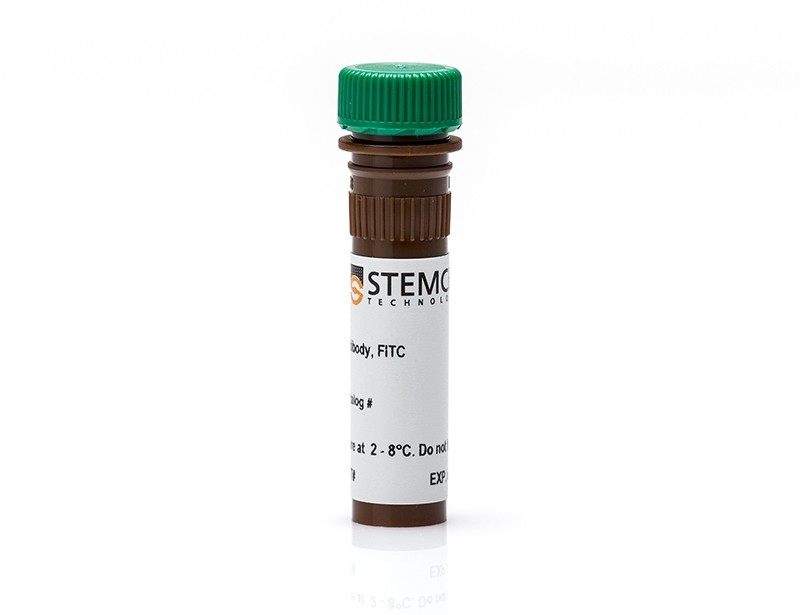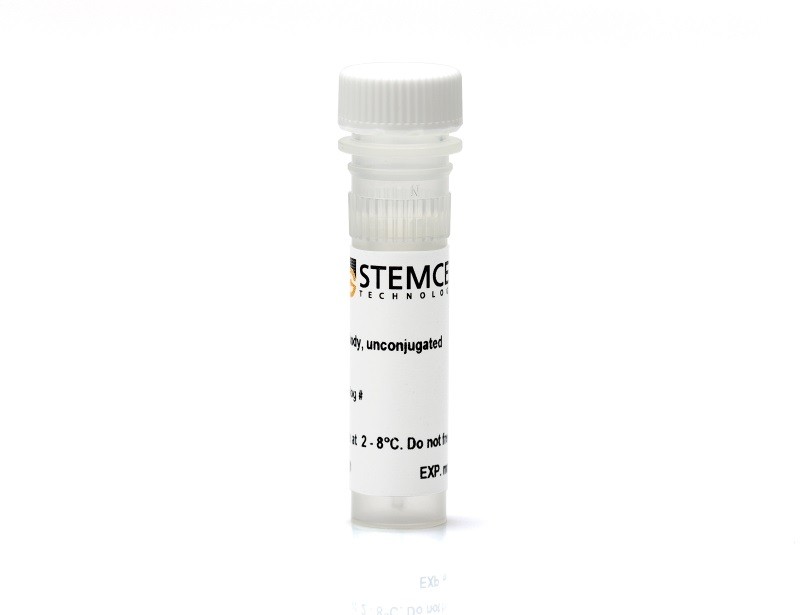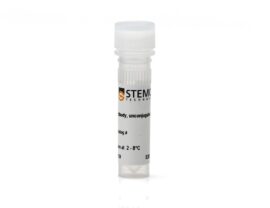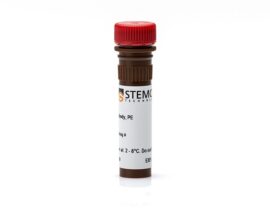

Overview
The Y1/82A antibody reacts with human CD68, an ~110 kDa type 1 transmembrane glycoprotein and member of the sialomucin, LAMP and scavenger receptor families. The heavily glycosylated extracellular domain of CD68, which contains a praline-rich spacer region separating mucin and LAMP domains, binds low-density lipoprotein and certain lectins and selectins, though the function of CD68 remains unclear. CD68 is highly expressed in lysosomes, endosomes and cytoplasmic granules, and more weakly on the surface of macrophages, monocytes, neutrophils, basophils, dendritic cells and NK cells. It has also been detected in the cytoplasm of γ/δ T cells, LAK cells, fibroblasts, endothelial cells and subsets of B cells and hematopoietic progenitors, as well as in various non-hematopoietic tissues such as liver and kidney. The Y1/82A antibody recognizes an epitope distinct from those of antibody clones Y2/131, EBM11, Ki-M6 and KP1. Y1/82A is reportedly more specific for monocytes and macrophages than KP1.
Subtype: Primary Antibodies
Target Antigen: CD68
Alternative Names: GP110, LAMP4, Lysosomal-associated membrane protein, Macrosialin, SCARD1, Scavenger receptor class D member 1
Reactive Species: Human
Conjugation: Alexa Fluor 488; APC; Biotin; FITC; PE; Unconjugated
Host Species: Mouse
Cell Type: Granulocytes and Subsets; Myeloid Cells
Application: Flow Cytometry; Immunofluorescence; Immunocytochemistry; Immunohistochemistry; Immunoprecipitation; Western Blotting
Area of Interest: Immunology
Clone: Y1/82A
Gene ID: 968
Isotype: IgG2b, kappa









